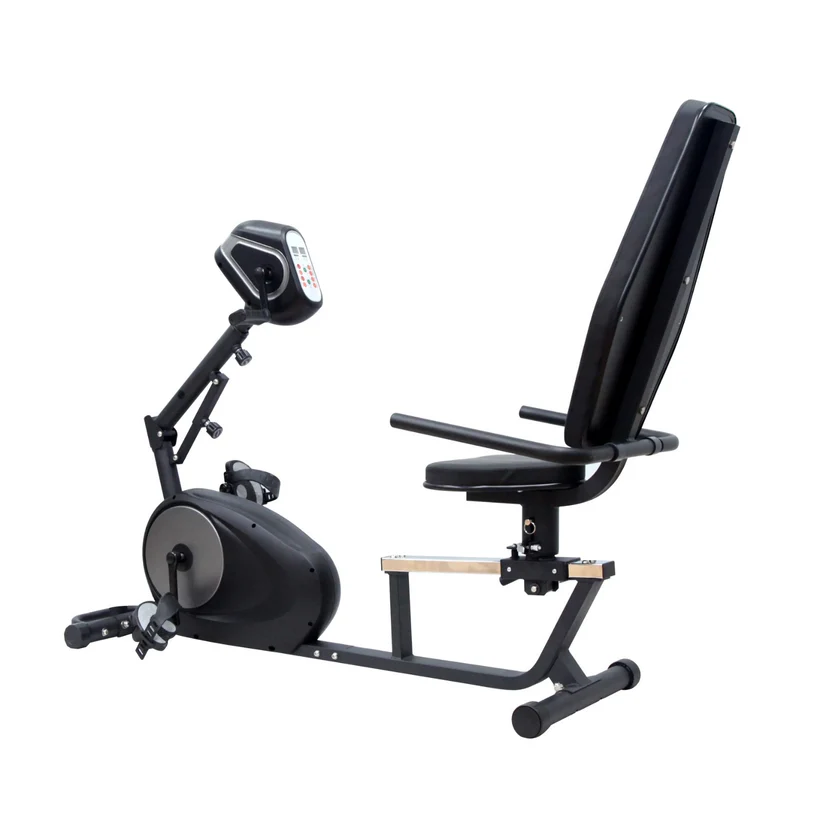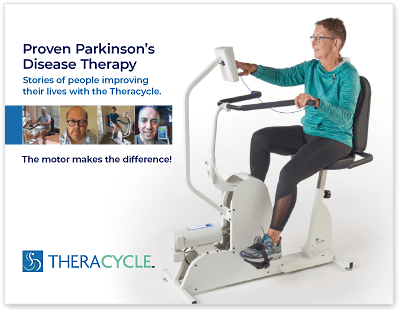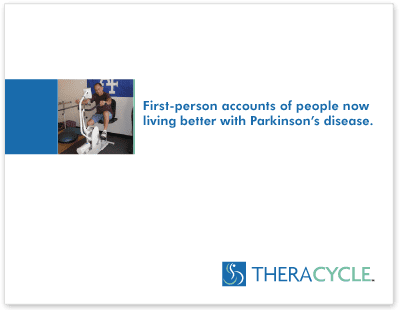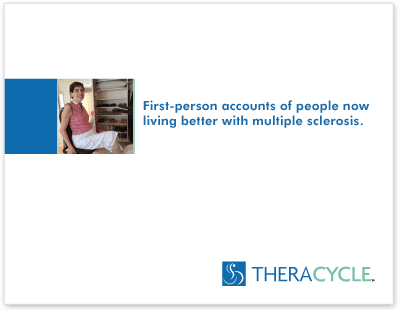- ›
- Conditions
- ›
- Theracycle & Stroke
- ›
- What is a Stroke?
What is a Stroke?
Different Types of Strokes
A stroke, also known as a cerebrovascular accident (CVA stroke) by medical professionals, occurs when a person’s blood supply to the brain is disrupted. In order to function properly, the brain requires a consistent flow of oxygen and nutrients from the blood. When this blood flow is compromised or if a bleed occurs into or around the brain, it causes brain cells to die. The effects of a stroke depend upon the part of the brain in which the blood supply has been interrupted.
Different Types of Strokes
A stroke is caused by one of two ways including by the blockage of an artery (clots) or by the rupture of an artery (bleed).
Ischemic Stroke (Clots)
While a blood clot will slow and eventually stop bleeding from an injury or wound, blood clots are dangerous in the case of stroke as they can cause arteries to be blocked and subsequently cut off blood flow. This lack of blood flow is called ischemia. When a person suffers an ischemic stroke, it is the result of an obstruction within a blood vessel supplying blood to the brain. Ischemic strokes involve a sudden loss of function, whether that be use of an arm, leg, or drooping on one-side of the face, and is due to loss of blood supply to that particular area of the brain that controls the lost function. Loss of function is usually caused by an artery that is totally or partially blocking the blood supply to the brain. If the plaque ruptures, it can form a blood clot, which may become loose and travel to an artery in the brain. The clot becomes lodged and blocks all blood flow, causing permanent damage. Bleeding of an artery in the brain can also cause a stroke. Ischemic strokes are the most common type of stroke as they account for 87% of all strokes, and can occur as: embolic or thrombotic strokes. (Source: NINDS)
Embolic Stroke (Ischemic)
During an embolic stroke, or cerebral embolism, a blood clot forms at different location in the circulatory system such as the large arteries in the chest or neck or within the heart. Embolic strokes occur when a part of the blood clot breaks off and goes into the bloodstream. The clot will then travel through the blood vessels of the brain until it reaches a point in which the vessel is too small to let the blood clot pass through. Another significant trigger of embolisms is an irregular heartbeat. This is also known as atrial fibrillation, which produces the conditions that allow clots to form in the heart, break loose, and then travel to the brain.
Thrombotic Stroke (Ischemic)
When a person experiences a thrombotic stroke, or cerebral thrombosis, the blood flow lessens due to a blockage to one or more of the arteries that supply blood to the brain. Thrombosis is the progression leading to this blockage, while thrombus is the medical term for a blood clot that forms on a blood-vessel deposit. The primary condition for an ischemia stroke is atherosclerosis, which refers to the buildup of fatty deposits lining the blood vessel walls. A thrombus will usually form around atherosclerotic plaques, but can also lead to an embolic stroke (see above) if the thrombus becomes loose and breaks away developing an embolus. Thrombotic strokes can also occur when unhealthy blood vessels become clogged by a buildup of fatty deposits and cholesterol. The body will then view these fatty deposit buildups as tiny multiple injuries to the blood vessel walls, and then respond to these “injuries” by forming clots. There are two types of thrombotic strokes that can occur including: large vessel thrombosis and lacunar infarction (or small vessel disease).
Large Vessel Thrombosis
Patients that suffer from a thrombotic stroke tend to also suffer from coronary artery disease. Heart attacks are a frequent cause of death in patients that experience a large vessel thrombotic stroke. Large vessel thrombosis is the most common type of thrombotic strokes. Most large vessel thrombosis arises in the large arteries, and is caused by a combination of long-term atherosclerosis which is then followed by the rapid formation of blood clots.
Lacunar Infarction (Thrombosis)
Also known as Small Vessel Disease, lacunar infarction occurs when blood flow is blocked to a very small arterial vessel. While there is not much known about what causes lacunar infarction, it is considered closely related to high blood pressure / hypertension.
Hemorrhagic Stroke (Bleed)
Hemorrhagic strokes account for 13% of all strokes (Source: NINDS). A hemorrhagic stroke occurs when a weakened blood vessel ruptures and bleeds into the brain, which accumulates and then compresses the neighboring brain tissue. The two types of hemorrhagic strokes are intracerebral hemorrhage and subarachnoid hemorrhage.
Intracerebral Hemorrhage
The primary cause of this type of hemorrhagic stroke is high blood pressure / hypertension. When a person experiences an intracerebral hemorrhage, bleeding occurs within the brain itself.
Subarachnoid Hemorrhage
During a subarachnoid hemorrhage (SAH), an aneurism bursts in a large artery that is either located on or near the thin membrane surrounding the brain. Blood escapes into an area containing protective fluid. This protective fluid is then contaminated by blood, causing blood-contaminated fluid to encircle the brain.
Transient Ischemic Attack (Temporary Clot)
A TIA stroke is often referred to as a “mini stroke” or “warning stroke,” which is caused by a temporary clot. Most transient ischemic attacks occur rapidly, and last less than five minutes with the average TIA stroke lasting about a minute. TIA strokes should be taken very seriously as there is no way to predict whether the clot will resolve itself as a TIA stroke or a more serious cerebrovascular accident. Unlike an ischemic or hemorrhagic stroke, there is no permanent damage to the brain when the transient ischemic attack is over.
If your doctor has discussed the need for stroke recovery exercises to increase flexibility, energy, and leg strength, consider purchasing a Theracycle to receive similar benefits that other Theracycle users have experienced while exercising during their stroke recovery.
« Return to Benefits of the Theracycle Exercise Bicycle for Stroke Patients
Disclaimer:
The above information is a compilation of several external sources such as Wikipedia and other stroke educational sources. Please consult your doctor or a stroke specialist for more detailed information about stroke types and their differences.










